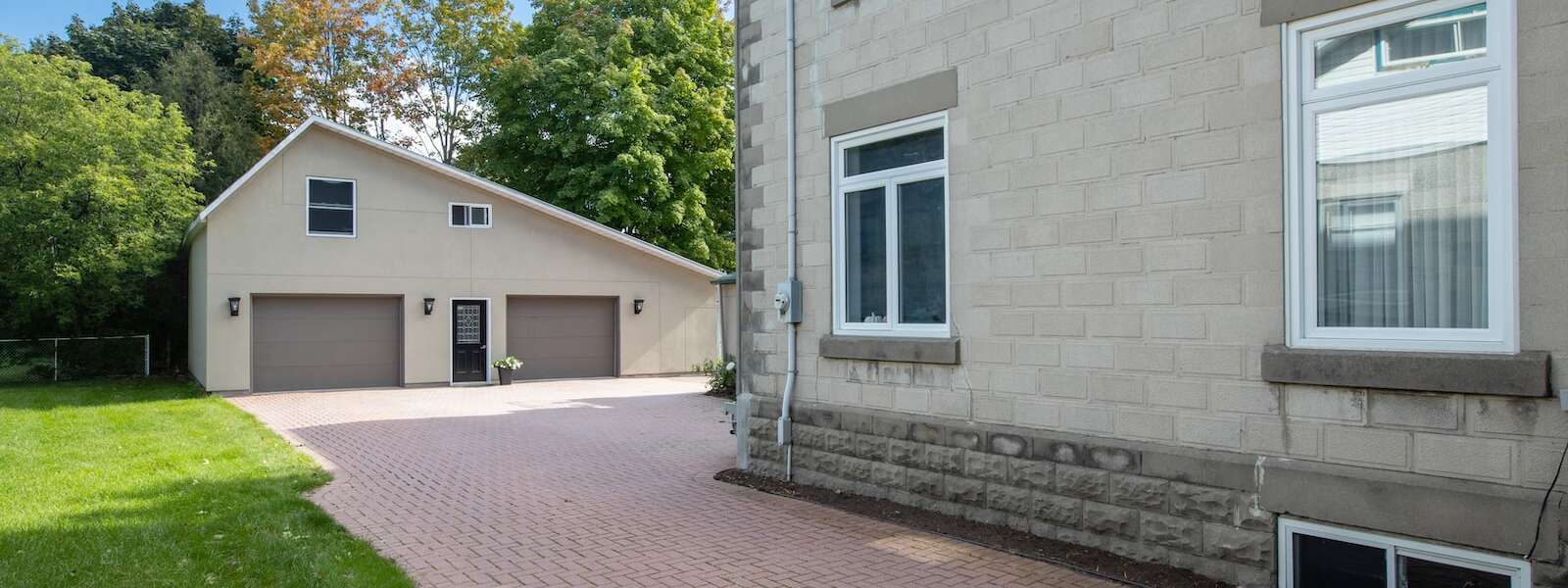A University of Guelph real estate researcher predicts the Ontario government’s recently proposed housing plan is good in theory but will be difficult to implement.

Dr. Paul Anglin is a professor at the Gordon S. Lang School of Business and Economics. He researches housing price mechanisms and dynamics and risks and uncertainty in the real estate industry in the Department of Management and Consumer Studies.
Take the term “gentle density,” says Anglin. It’s used in the proposed act to refer to adding more housing near transit hubs, and having a main residence, a basement property and secondary suites on one property. The term is also a response to barriers like land use and density restrictions.
“While the term ‘gentle density’ is new jargon, the idea of reducing the barriers to increasing the density of housing is an old concern,” Anglin explains. “The added value of new housing depends on where the building happens and what is built.”
If gentle density were implemented successfully, it “would shift the supply side of the market for both the rental market and for owned homes, and give buyers increased bargaining power,” Anglin explains.
But it could be a while before that shift occurs, since building takes time and money. Under Ontario’s proposed changes, taxes and government charges for home development will be selectively lowered.
“While that sounds good politically, the revenue must come from somewhere,” says Anglin, who predicts other government services will be affected alongside an increase in other housing fees.
“So, some of the challenges which interfered with previous policy proposals remain, such as concerns from people who would appreciate more affordable housing in general, they may also be unhappy with increased density in their specific neighbourhood,” he adds.
He is available for interviews.
Contact:
Dr. Paul Anglin
panglin@uoguelph.ca
